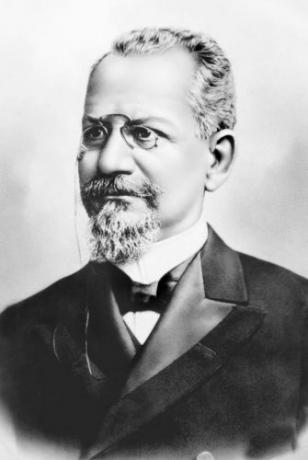Mercantilism is known as a set of economic ideas and practices carried out by European absolutist states during the Modern Age, after the period of Feudalism.
Mercantilism is characterized by representing the State intervention in the economy, creating a series of protectionist processes that guaranteed enrichment based on the amount of capital stored in their coffers. Who came out winning with this economic system was exclusively the bourgeoisie and the nobility.
THE mercantilist policy it is based on the idea that the country's wealth and development was proportional to the amount of precious metals (gold and silver, mainly) that they had in their possession. The greater the accumulation of these wealth, the greater the prestige and respect that the country would have among other nations.
Mercantilism intensified from the 15th century, with the beginning of the great maritime explorations, mainly by Spain, France and Portugal, and entered in decline in the mid-eighteenth century, with the emergence of liberal ideas, where people began to question the direct interference of the state in economy.
See also: meaning of Liberalism.
The term “Mercantilism” was coined by Scottish economist and philosopher Adam Smith in 1776.
Characteristics of Mercantilism
- Effective during the monarchical absolutism, system of government centered exclusively on the figure of the king/queen. Thus, the state totally controlled the economy;
- Maximum accumulation of precious metals, a practice that became known as Metalism or Bullionism;
- The state exports more than it imports, a tactic applied to strengthen national industry. This practice became known as Colbertism (in reference to the French finance minister Jean-Baptiste Colbert, who promoted the idea) or Favorable Trade Balance;
- Accumulation of capital from maritime trade by European countries, thanks to the great navigations. Thanks to this system, countries could buy cheap and sell dear through the Colonial Pacts;
- Encouragement and development of local industries, especially in richer countries, making it difficult to import products from other States and preventing the outflow of currencies;
It does not mean, however, that all these characteristics were followed in all countries. Each state gave preference to a type of mercantilism, be it Metalista (as adopted by Spain, for example) or Colbertismo (which was more common in France).
One of the countries that showed the most versatility in the application of Mercantilism was Portugal, which, according to economic situation, created a new method of exploitation that could guarantee the protection of the State's wealth.
However, it can be said that the idea of protectionism and metalism were common and were present in practically all types of mercantilism.
Absolutism and Mercantilism
As stated, Mercantilism was the main economic system during European monarchic absolutism, between the 15th and 13th centuries.
The absolutist regime, as its name suggests, concentrated the absolute power of the state in the hands of just one person: a king or queen, generally.
During this period, the royalty proved to be an ally of the high bourgeoisie, encouraging maritime exploration and the expansion of trade on its part. Thus, Mercantism represented a synonym for increased power, as the greater the territorial expansion, the greater would be the taxes levied by the Crown.
Learn more about Absolutism and yours main features.
Mercantilism in Brazil
During Colonial Brazil, the country was literally a great gold mine for Portugal, which applied metalist mercantilism when exploring the mines of Minas Gerais, mainly.


